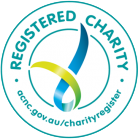Albinism is a rare, inherited genetic condition where the body fails to produce melanin, which is involved in the development of pigment in the body. Melanin is required for the development of the eye and visual pathways and determines the pigment or colour in hair, skin and eyes. People with albinism will have some form of reduced vision, but this varies widely, even between those with the same type of albinism. Albinism does not affect any other part of the body, general health, intelligence or lifespan.

Albinism occurs in all racial and ethnic groups and those with the condition may have all or some of the following eye conditions – reduced visual acuity, nystagmus (involuntary movement of the eyes), reduced depth perception, photophobia (very sensitive to light), problems tracking moving objects and be either long or short sighted.

Those with reduced or no melanin in the skin, lack a barrier to protect them from UVA and UVB rays (from the sun or glare) and need to wear hat, sunglasses, long clothing and use sunscreen daily. They may have a very different colouring in hair and skin to their parents and siblings.
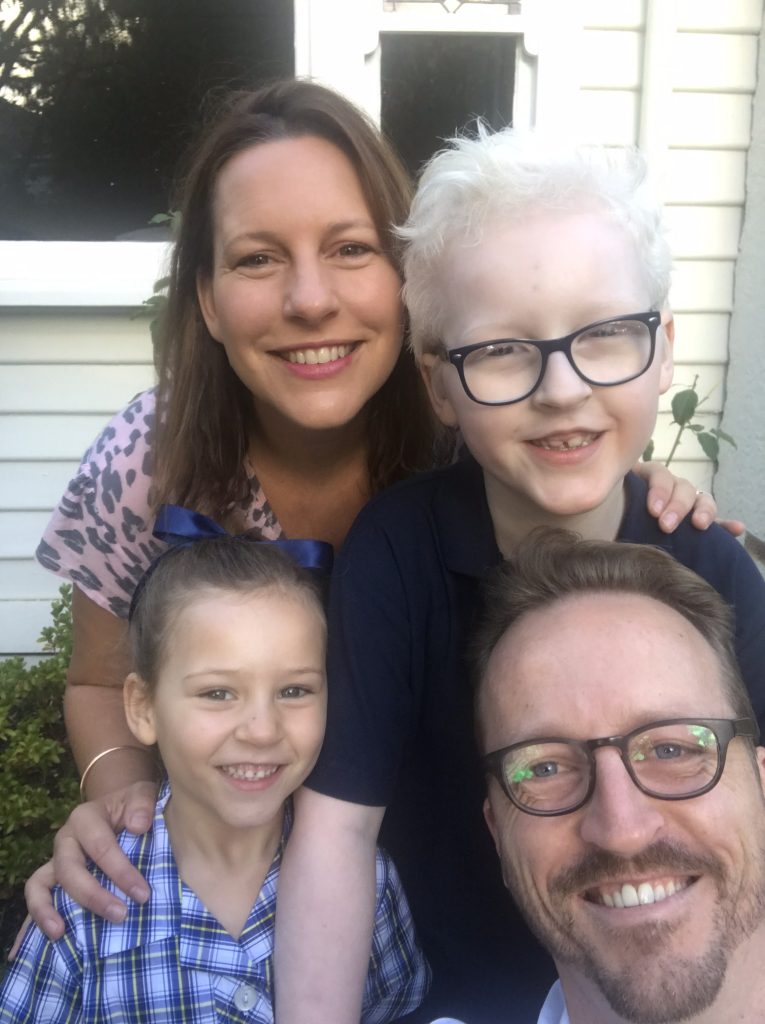
Depending on exactly which gene is affected, melanin production can either be slowed or completely stopped. It is caused by a recessive gene, which means that both parents have to pass this on for the child to have albinism. With each pregnancy they have a one in four chance of having a child with albinism, a two in four chance of the child being a carrier and one in four chance of not carrying the gene at all. When only one parent has this gene, the partner’s matching non-albinism gene will dominate and the child will not have albinism, although they may be a carrier with no symptoms. This is why albinism can be carried for generations without it appearing.
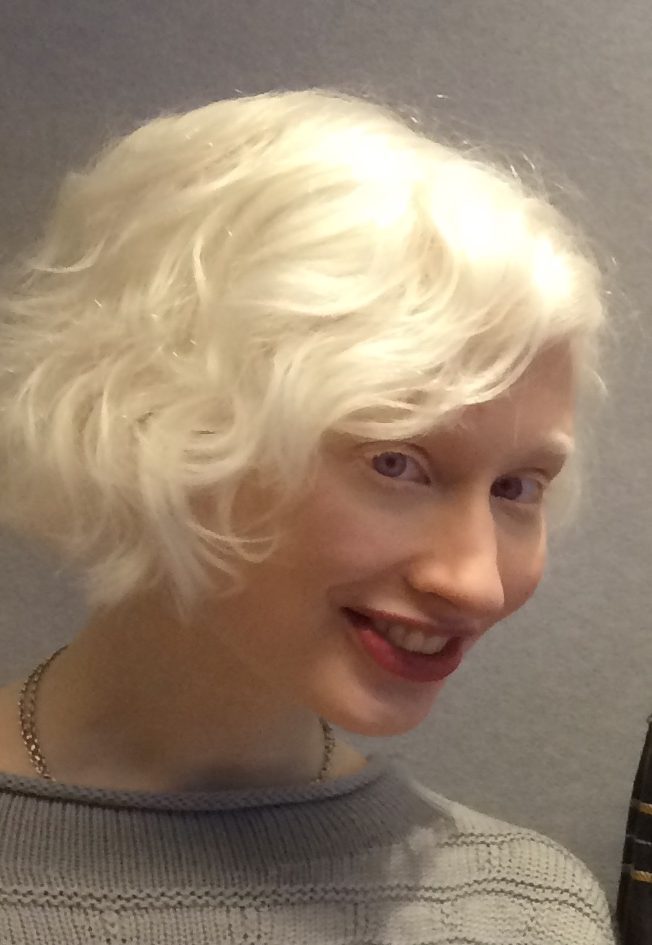
Those who produce no melanin will have very white skin and hair with blue or violet coloured eyes and are clinically diagnosed as having Oculocutaneous Albinism (OCA).
You may think of this as being albino, but many of us prefer to say that we are a person first who just happens to have the condition of albinism. Some may have blonde, orange or reddish hair, depending on the type of OCA. As of mid 2020, twenty one different albinism genes have been discovered and these can only be identified with genetic testing.

Others have a lack of melanin in the eyes only, with the same skin and hair colour as parents and are clinically diagnosed as having Ocular Albinism (OA). A lack of melanin in the eye (for both OCA and OA) is the indicator that doctors, optometrists and ophthalmologists, initially use to diagnose albinism and as it changes the structure of the eye and nerve pathways in utero, reduced vision cannot be corrected with glasses.

However many of those with albinism do not fall exactly into either diagnosis, with varying amounts of pigment in hair and skin, and variations in eye structure that result in different vision levels. Therefore it is very difficult to diagnose many as either OA or OCA – rather it is a continuum of coloured appearance and vision that may not be parallel. Some have poor vision with pigmented hair and skin, others have a very white appearance with better vision.
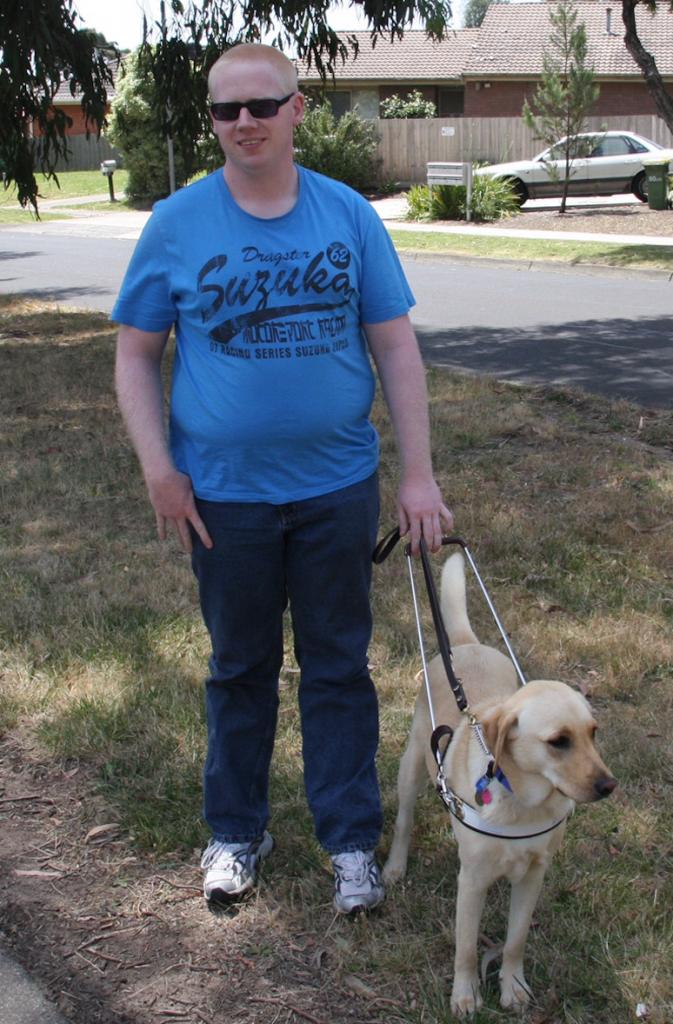
Those with better vision need very little support or accommodations, while those with poorest vision will be classified as legally blind and may use a guide dog. Those who have low vision or are legally blind readily adapt, using other heightened senses and assistive technology to overcome low vision, have successful careers and raise families. Government support is available for the provision of assistive technology in education and the workplace.
Albinism does not affect any other part of the body, general health, intelligence or lifespan, other than the eye structures and colouring. There are syndromes where albinism can be a symptom and general health is affected, but these are extremely rare and can be diagnosed with genetic testing if symptoms appear.
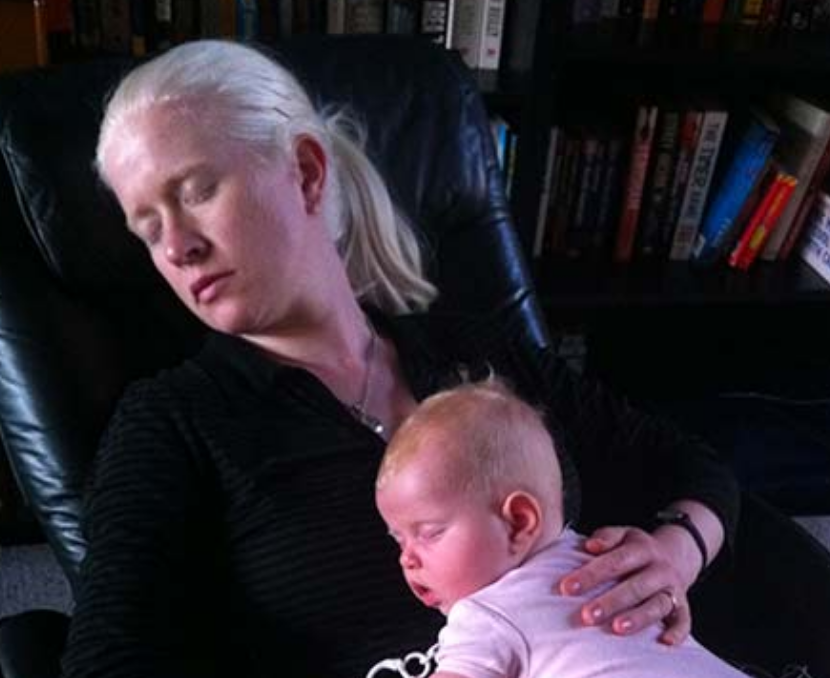
Note:
We are continually working to bring you information about recent research into the different forms of albinism.
Further information available in members’ area
- Albinism Types: Greater detail about the different types, categories, features and where they are commonly found.
- Albinism Eye: Structure of the eye, features of albinism, vision correction, functional vision and what it means in daily life.
- Skin Protection: Features of albinism skin, sun exposure and protection, types of sunscreen.
- Clinical Testing and Diagnosis: What is involved in testing and diagnosis by an Ophthalmologist.
- Genetics: Inheritance and basic genetics, specific albinism genes, Genetic testing (how and why?).
- Supporting professionals: The professional groups you can access in the support of albinism.


 Join us on Facebook
Join us on Facebook